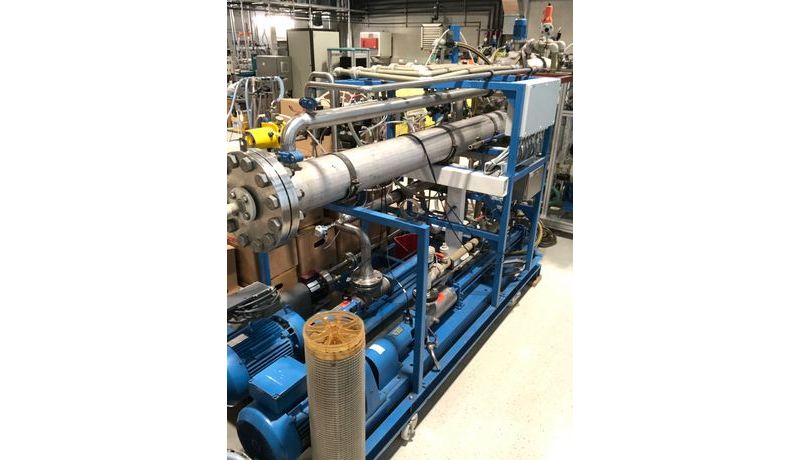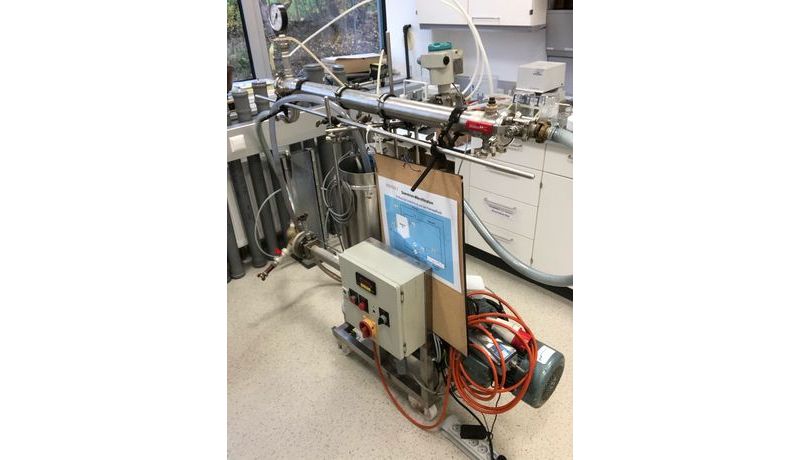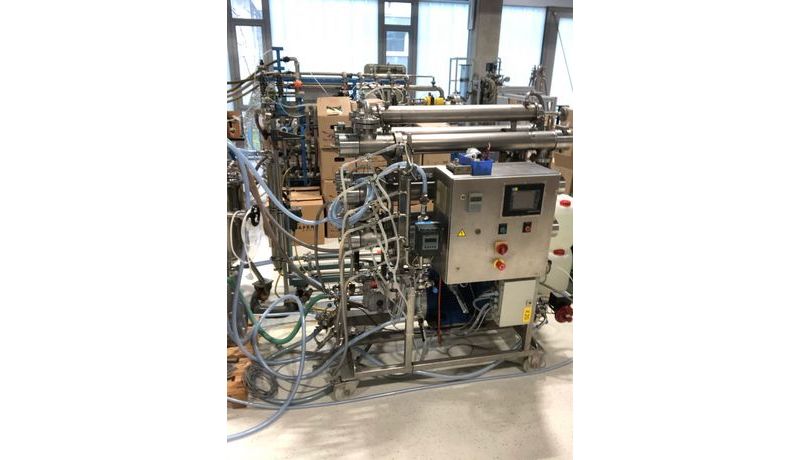Membranes and Membrane Distillation
A clean separation
Membrane processes replace energy-intensive processes such as distillation and evaporation, and they are particularly to prefer for heat-sensitive products.
Over the past 40 years, membranes have evolved from a research topic to a mature industrial separation technology. The increase in the use of membrane technology has been driven by spectacular advances in membrane development, wider acceptance of the technology over conventional separation processes, increased environmental awareness and, above all, stringent environmental regulations and legislation.
Membrane technology covers various chemical engineering disciplines, such as materials technology, mass transport and process design. It has widespread applications in the chemical and pharmaceutical industries, and its use in various fields is growing rapidly.
The increased interest in membrane technology is encouraging. With the many positive research results, membrane technology will be used more in the near future.
Membrane Separation
Microfiltration, Ultrafiltration, Nanofiltration and Reverse Osmosis
Membrane separation can be classified based on various criteria such as separation properties, driving forces and mode of operation. Pressure driven membrane processes are mainly categorized based on their membrane pore size. Therefore, separation in these processes is based on the size exclusion mechanism of the separation.
The various membrane processes in this category are microfiltration, ultrafiltration, nanofiltration, and reverse osmosis. The membrane processes are named in order of decreasing membrane pore size, with microfiltration having the maximum pore size range and reverse osmosis the smallest.
Then come the membrane processes based on concentration or electric potential or vapor pressure gradients, such as dialysis, electrodialysis, membrane distillation, gas separation and pervaporation. These membrane processes are well established and used on an industrial scale for various applications such as hemodialysis, desalination of brackish water or separation of azeotropic mixtures. In these processes, the feed components are transported via the membrane to the permeate side due to the different driving forces depending on the process type. The membranes used also differ for the various processes, such as porous for dialysis and electrodialysis, non-porous for pervaporation, and porous or non-porous for gas separation.
Membrane Distillation
Trend Topic for Desalination
Membrane distillation for desalination is a trending research topic with graduate students and research associates worldwide.
It is an emerging technology for water treatment, especially for desalination of seawater and high salinity industrial waste streams using low carbon energy sources, such as low carbon waste heat or solar energy.
This technology can be used in remote locations where communities suffer from water shortages and access to clean freshwater from the main water supply is not possible or prohibitively expensive.
 Go to JKU Homepage
Go to JKU Homepage





